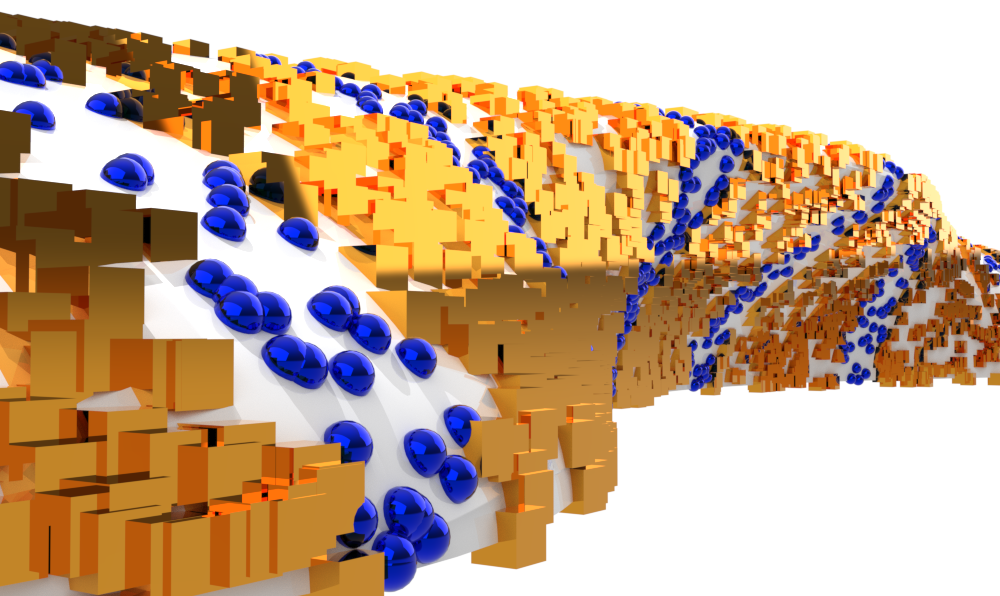- C++ header-only library
- Given a solid as a point-cloud, calculate it's sectional area
- Standard Library
The given point cloud must lie on the bounding surface of the underlying solid. Further, the solid must align with certain assumptions:
- must be symmetrical with respect to the XZ plane
${\bf P}(u,v) = (u,0,v)$ and all points in the point cloud must be in the same side of$\bf P$ - it does not have to be convex, but it must be star-convex with respect to
${\bf P}$ in the sense that for every point${\bf p}=(p_1,p_2,p_3)$ on the point cloud, the line between${\bf p}$ and$(p_1,0,p_3)$ must be contained inside the solid
After creating a directory in your project foo, copy the following files from src
point-cloud-to-sac.hppon-surface-point-cloud-to-sac.hppon-surface-point-cloud-to-sac-utils.hpp
Then, in your script #include "foo/point-cloud-to-sac.hpp". The point cloud must be provided as a std::vector<std::vector<double>> pnts where pnts.at(i) refers to the
See doc/documentation.pdf and tests/test-1.cpp, tests/test-3.cpp for two examples: the former is on a solid for which we know the exact sectional area, while the latter for one which we do not.
- Add option to import point cloud as file
- Access point cloud by reference
- Accept general point cloud list
- Implement
SectionalAreaXwiseYsymmetrical()without the assumptions for the underlying solid: (1) Y-symmetry can be easily discarded (2) star-convexity can be discarded by orienting the parallelograms and establishing some order in the contour of the points (i.e. based on their distance?) - Implement
SectionalAreaXwiseYsymmetrical()without the point-cloud having to lie on the bounding surface.
